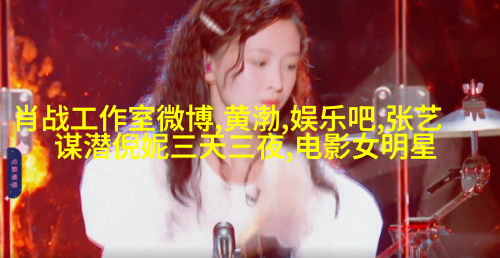Haute Couture vs Ready-to-Wear解析英文字面下的高级时装差异
Haute Couture vs Ready-to-Wear: Decoding the High-End Fashion Differences in English

Haute Couture, a term that evokes luxury, exclusivity and craftsmanship. It is often associated with high-end fashion shows where designers showcase their most intricate and exquisite creations on the catwalk. On the other hand, ready-to-wear refers to mass-produced clothing available for purchase off-the-rack at various retailers. The difference between these two terms lies not only in their production methods but also in their cultural significance within the world of fashion.
The Origins of Haute Couture

Haute couture has its roots in 19th century Paris when Charles Frederick Worth revolutionized the industry by creating custom-made garments for aristocrats and upper-class women. This bespoke approach emphasized individuality and exclusivity, setting haute couture apart from ready-to-wear clothing which catered to a wider audience with standardized sizes.
The Artisanal Approach

One of the defining characteristics of haute couture is its artisanal approach to design and construction. Each piece is meticulously crafted by skilled artisans who pour over every detail from fabric selection to stitching technique. These pieces are often made using traditional techniques such as embroidery or beading that require years of training to master.
In contrast, ready-to-wear clothing relies heavily on machine manufacturing processes which while faster and more cost-effective can result in lower quality garments lacking the personal touch found in haute couture pieces.

Runway Shows vs Retail Stores
Haute couture runway shows are some of the most anticipated events during Paris Fashion Week where top designers unveil their latest creations amidst grandeur settings accompanied by music performances and elaborate lighting displays.

On the other hand, ready-to-wear collections are showcased at trade shows like New York Fashion Week or London Fashion Week with far fewer frills but still offer an exciting glimpse into upcoming trends for consumers worldwide.
Pricing Powerhouses
No discussion about haute couture would be complete without mentioning pricing powerhouses like Chanel or Dior whose prices can range from thousands up to tens-of-thousands per garment depending on materials used (such as silk or rare gemstones) combined with time-consuming labor involved in each piece's creation process
Ready-to-wear brands operate under entirely different economic models where profit margins may vary significantly based upon factors such as production volume input costs market demand etcetera resulting less expensive than high-end items yet offering similar designs albeit scaled down slightly due mainly due differences between how they're constructed rather than any significant changes made during translation
While both styles have attracted devoted followers around globe it remains clear what sets them apart - one offers bespoke luxurious artistry unparalleled customization while another serves practical purpose affordability adaptability – reflecting respective core values held dear by those who appreciate these distinct aspects within world fashion


